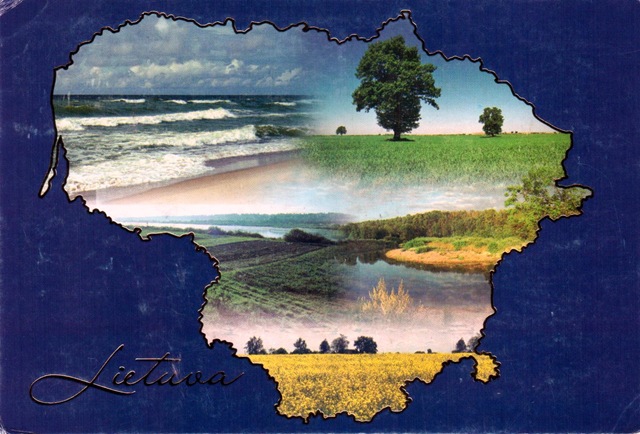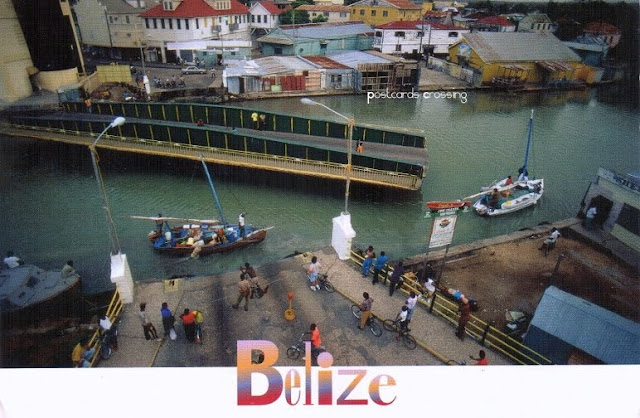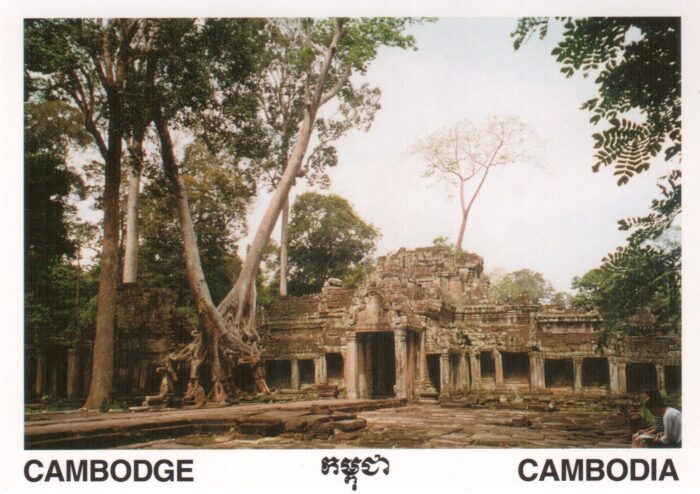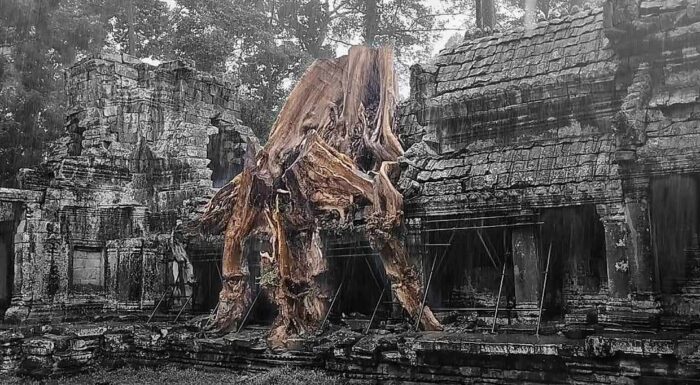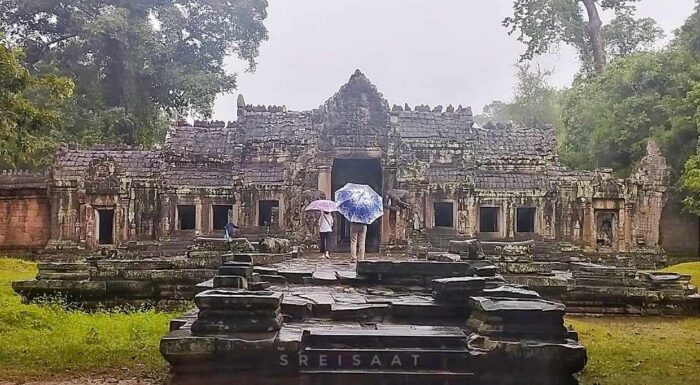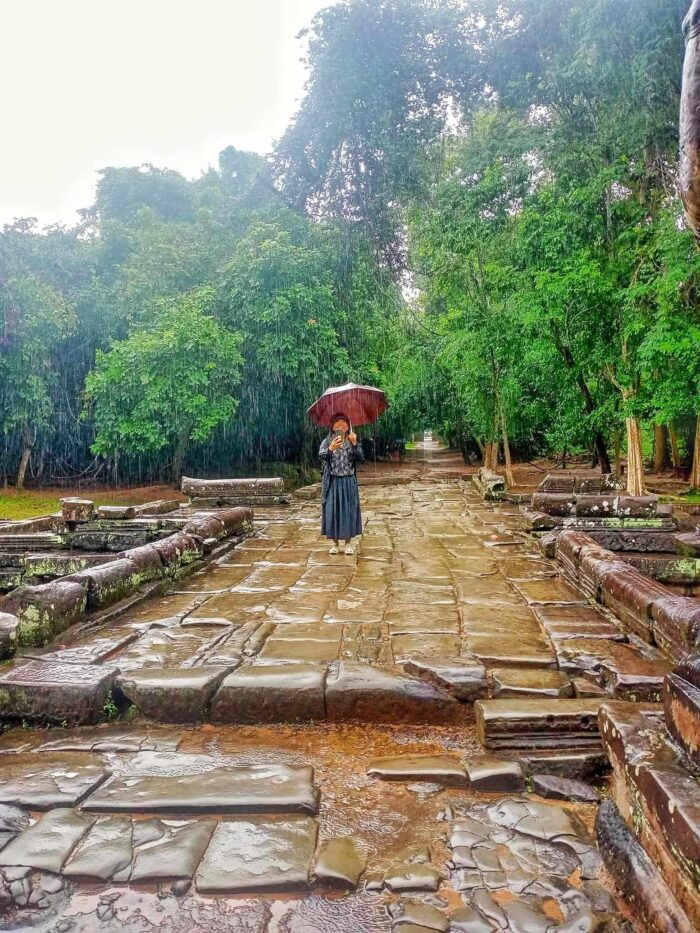Calling all map lovers! Buckle up for this week’s Thursday Postcard Hunt, because it’s a treasure trove for geography enthusiasts like myself. We often think of maps and flags on postcards and stamps as a bit, well, plain. But let me tell you, when they’re creatively designed and spark unexpected connections, like the postcard I have today, they can be absolutely mind-blowing, a game-changer!
This week, we’re venturing into the heart of Eastern Europe to explore Lithuania, known as Lietuva in its native tongue. Let’s see where this map-on- a-postcard takes us!
Lithuania’s location makes it a fascinating geographic and cultural blend. Historically, its ties to the Eastern Bloc placed it firmly in Eastern Europe. Geographically, it sits snug on the Baltic Sea’s eastern coast, making it a natural part of the Baltic region. But its modern political landscape tells a different story – Lithuania is a proud member of the European Union and NATO, aligning it with Central Europe. This fascinating mix of influences is part of what makes Lithuania so unique. Rather than getting hung up on labels, let’s focus on the map card itself.
My postcard features an outline map, showcasing Lithuania’s diverse landscapes and natural treasures, and one that has a surprisingly familiar shape. Lithuania boasts a fascinating history. Once part of the Soviet Union, it’s now a rising star in the Baltic region, brimming with dynamism and growth – one of the fastest growing economies in the Baltics. Its capital, Vilnius, even held the prestigious title of European Capital of Culture in 2009.
But here’s a curious detail you might not have noticed: Lithuania’s shape bears an uncanny resemblance to Cambodia (where I am), a Southeast Asian country! Take a closer look at the outline maps below – both countries share a similar outline, broad at the top and tapering towards the south. It’s almost like a geographical heart-shaped twins across continents, a fascinating quirk and wonder that sparks one’s imagination.
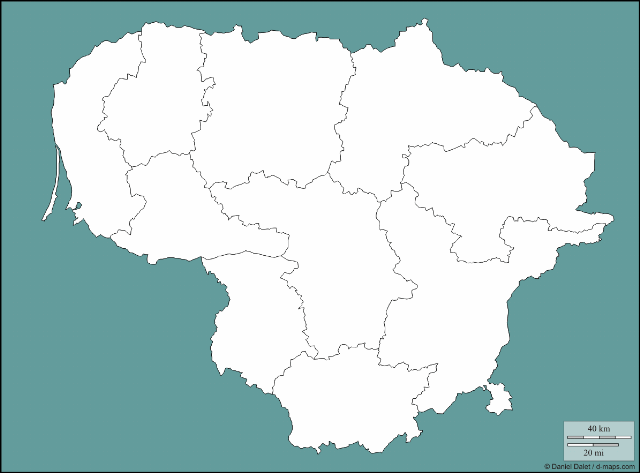
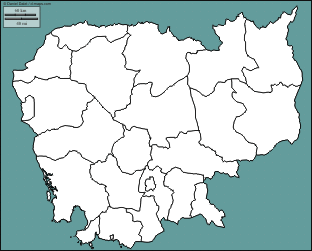
Intrigued? This postcard is a treasure! Perhaps this is going to be a start of an online research to unearth mirror image landforms across the globe. Remember, the world is full of unexpected connections waiting to be discovered. So, embark on your own map-tastic adventure and share your findings, please!
Sources: Outline Map of Lithuania, Outline Map of Cambodia.
